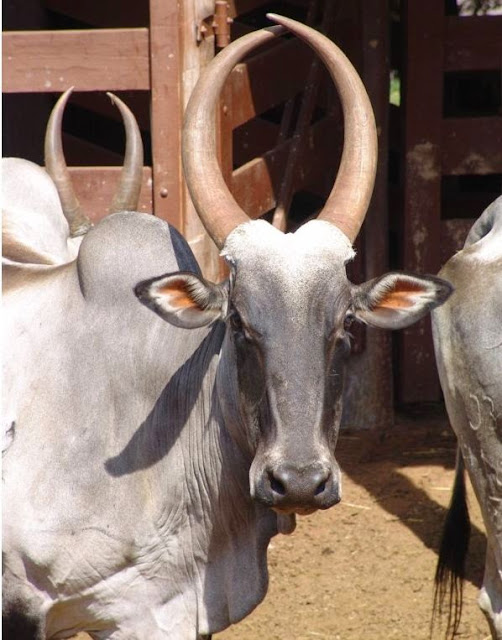Bull Chasing, Jallikattu, Manchu viratu also known as Bull taming is thousands of years old tradition of Tamilnadu. During the Harvest festival, Pongal, this tradition is carried out in most of the villages. During this the untamed bulls are brought before the crowd and the youths in the village have to tame them.
The tamed bulls are considered weak and therefore they will be sent for the agricultural and other domestic activities, the untamed bulls are considered as sacred and called us temple bull (stud bull). The temple bulls are considered head of the village cattles and are purely used for breeding.
Jalliikattu is an age old tradition of Tamil culture and it was used as a platform to show the courage of the ancient Tamil youth and to find the best bull for breeding purpose.
How Old Is Jallikattu
There are a number of historical evidences around Tamilnadu clearly giving us how old this tradition is!
The paintings on a massive rock surface at Karikkiyur of 3500 years old depicts a bull and men chasing it, the bull in the painting have a huge hump and with long and straight horns.
Another painting near Madurai depicts a man trying to control a bull.
In ancient days during the harvest festival people let their bulls on the highway or the public places. They were decorated and the village youths would try to chase them or out running them.
The others those who didn’t take part in it would watch the fun standing in the sidelines encourage their youths .
The painting on the rock surface and the bull seal got from the Harappa site (which is the Dravidian civilization) depicts the same breed of bull, showing that this custom was not limited to the southern part of India alone.
Those majestic bulls are called Zebu bulls; These Zebu bulls have the wide curving horns, fatty hump on their shoulders and heavy dewlap.
And those zebu bulls symbolize the leader of the herd (KovilKalai) whose strength and virility protects the herd and ensures the procreation of the species.
Those bulls were considered to be adapted to the harsh environment, the adaptation include resistance to the disease and tolerance for the tropical climate such as intense heat and humidity.
Archeological evidences like pottery and rock cuts suggests that the species were present in Egypt around 2000 BC hence we can conclude that they were brought from Tamil Nadu else those east Asian countries which were controlled and dominated by the Tamil rulers of that time.
The native cow breeds of India represent the largest potential source of good A2 type BCM7 fee milk. After the awareness created to the farmers; the cross breeding polices that were followed for the last few decades are being reviewed in the light of A1- A2 milk hypothesis.
And the US experts have already begun the clinical tests to modify genetically their Holstein Friesian breeds in to A2 milk producing breed, by replacing amino acid Histidinewith Proline at the 67thposition of DNA.
The cow breeds of Indian subcontinent represent the world’s largest A2 milk producing herd. Traditionally Indians have been risingon A2 milk for thousands of years. The Rig Veda refers Cow 723 times, Yajur Veda 87 times, Sama Veda 170 times and 331 times the Atharvanavedha.
This bull sport has recently been banned in the name of animal cruelty, however a simple study shows that the main purpose of Jallikattu was and is to identify the untamable bull which can be used to breed the cows of the village.
There are lots of controversies and shadow political reasons behind this ban and are being brought under microscope by student protestors of Tamilnadu.
Stud bulls or Kovil kalai are reared by people for jallikattu. The ones that win in jallikattu are much in demand for servicing the cows. Since every one cannot afford to keep stud bulls, so each village has a common temple bull which services the cows of the village.
Jallikattu is the show where those bulls are brought and exhibited. The Stud bull which is most agile (and virile) is preferred by farmers. The calves from such bulls will be healthy. Some hundred years ago there were 130 varieties of cattle breeds were available in India but unfortunately only around 35 breeds are available.
Unless we engage with the livestock keepers we will lose all of them and the commercial cattle breeds will occupy their place silently. Our Tamil literature mentions cattle as the wealth of the farmers. These traditional breeds evolved over millennium and adopting our environment and help the farmers in ploughing , transporting and source of manure. If Jallikattu is banned the farmers will forced to abandon the raising of native livestock which was already threatened due to extensive us of mechanized equipments like motor pumps, tractors and others.




No comments:
Post a Comment
Note: Only a member of this blog may post a comment.